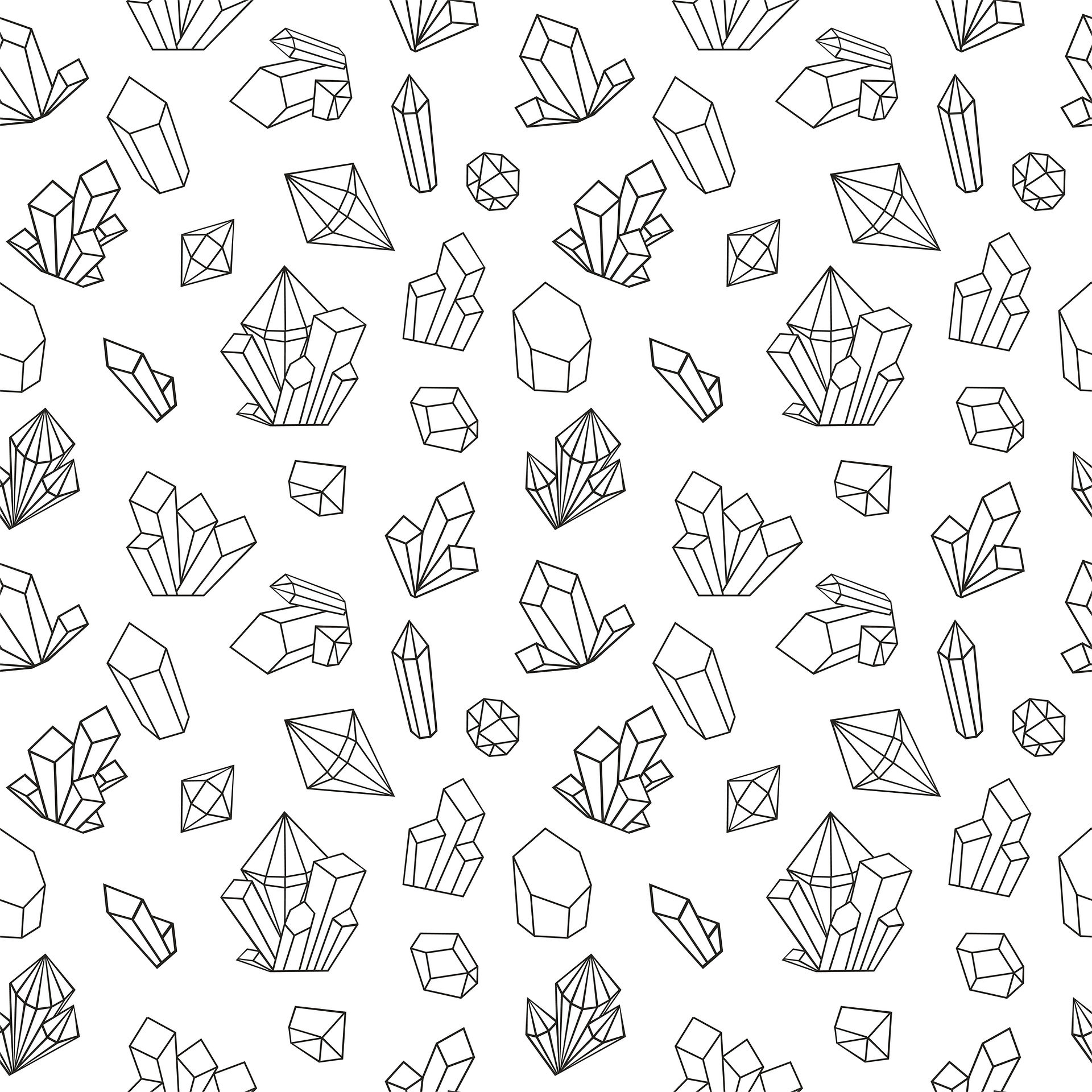What crystals can I put in water?
- Clare Ferguson
- Jun 24, 2022
- 3 min read
Washing your crystals in water can be a powerful way to cleanse them, removing negative or lingering energies. However, not all crystals are suitable for being put in/exposed to water and we are often asked what crystals are okay for water and which ones are not! Hopefully this blog post will clear any misconceptions and provide you with a guide for your crystal collection.

Examples of crystals that should not be submerged in water

Examples of crystals that are safe in water
In order to understand which crystals are suitable for water you have to get quite technical-namely using the Mohs scale. The Mohs scale is a scale between 1 to 10 that tests the hardness and resistance of certain minerals. The harder the mineral the higher it is placed on the Mohs scale. This is helpful in this context because in general the closer to O on the Mohs scale a crystal is, the more vulnerable it is to water damage. I say generally because there are some exceptions-but I will be discussing this later.
Here is an example of some crystal places on the Mohs scale:
1:Talc
2-3: Gypsum, Chrysocolla, Amber, Lepidolite, Pearl, Selenite, Halite (Rock Salt)
3-4: Calcite, Celestite, Cerussite, Coral, Azurite, Malachite, Angelite, Jet stone
4-5: Fluorite, Rhodocrosite, Ammolite, Larimar, Charoite
5-6: Apatite, Apophyllite, Obsidian, Cats Eye, Chrome/Star Diopside, Turquoise, Lapis Lazuli, Sodalite, Opal, Rhodonite, Hematite
6-7: Orthoclase feldspar, Carnelian, Opalite, Peridot, Kyanite, Moonstone, Labradorite, Amazonite, Chrysoprase, Chalcedony, Zircon, Bloodstone, Jade
7-8: Quartz, Tigers Eye, Amethyst, Citrine, Agate, Rose Quartz, Jasper, Citrine, Agate, Garnet, Mookite, Smoky Quartz, Tourmaline, Danburite, Ametrine, Aventurine, Rutile Quartz, Kunzite, Onyx
8-9: Topaz, Goshenite, Morganite, Beryl, Aquamarine, Emerald
9-10: Corundum, Ruby, Sapphire
10:Diamond
Here are some popular crystals that should not be submerged in water as damage that can occur include cracking, flaking and even dissolving of the crystal itself. Some crystals depending on the minerals present (such as Pyrite) will actually rust if exposed to water.

Here are some crystals that are water safe, they can be submerged in water and we even recommending taking them down to your local waterfront to wash them for extra cleansing and charging benefits!

As previously mentioned there are some exceptions to the Mohs Hardness rule, crystals such as HEMATITE, JADE, PYRITE, MAGNETITE (LODESTONE) AND TANGERINE QUARTZ are NOT suitable for water.
But before you go rushing to seal away all of your water vulnerable crystals in a water tight container it is important to remember that common sense can be employed here. Most crystals that are water sensitive can still tolerate minimal water exposure so if you want to quickly wipe your selenite down it isn't going to immediately melt!
Some, such as Malachite should not be exposed to any water, just make sure to research your individual crystal if you are unsure or contact us to confirm!
A nice general rule to remember is that if the crystal name ends in "ite" it is likely not water safe.
If you want to cleanse your crystals with water but the crystal is non water safe, a method you might want to try is leaving your crystals near a bowl of water (near not in) overnight. Just try to get the crystals as close as possible without actually touching. This would be particularly effective if it was on the night of a full moon! There are multiple other methods for cleansing your crystals which don't involve water! Check out our blog post all about it here:
We hope this guide has helped you and if you have any more questions or queries don't hesitate to comment down below or contact us for more information!
Love & Light
-The Crystal Shop
xxx












Comments